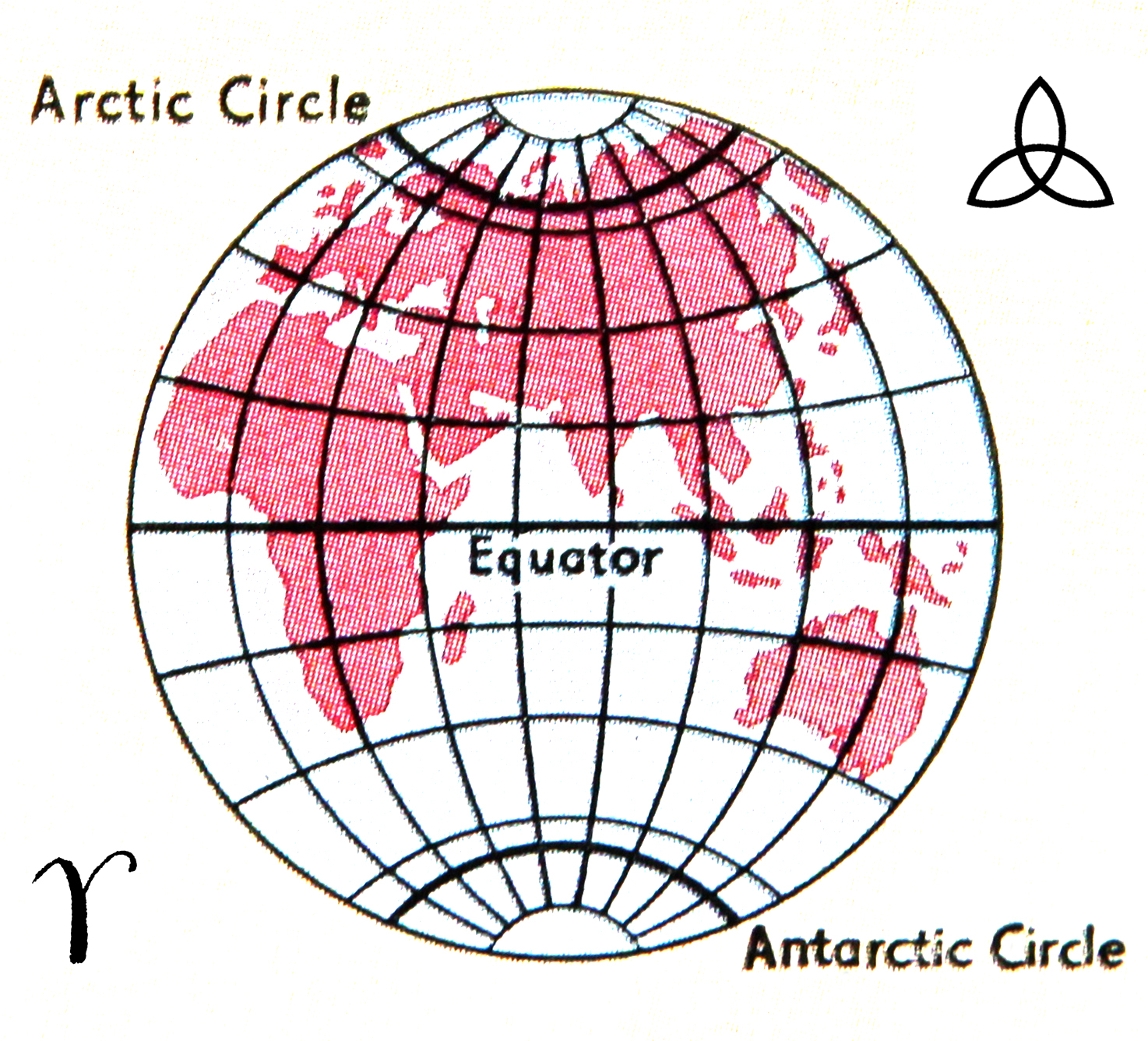Fragments of Poti

Here he could imagine a real city arising from these pestilential swamps. He’s a daydreamer of a rare practical kind. When he closes his eyes he no longer beholds a riverbank strewn with broken planks but sees three new bridges. On the marsh, he pictures twelve streets named after the Apostles. He takes his inspiration from Paris and other European citadels he has visited. He has abandoned the radicalism of his youth and sees economic growth as the essential element for national survival. He is enchanted by the idea of building a new port on this territory, serviced by a grand railway to the interior. First the port and from it the revenues to create the miniature city with all the scenery, the actors and the props he requires. He gathers the agents of change about him. ‘It is interesting to notice that the political ideals of the country are borrowed from Western Europe. Excepting in Japan, perhaps, there is no such instance of a people passing directly from feudalism to liberalism… ’ writes John Oliver Wardrop in 1888. ‘Parisian fashions, German rationalism, English sport and other products of our civilization are beginning to have an influence. The Rothschilds have not been slow to see that Trancaucasian wines, ores and oils are worth attention’.
Niko has also been paying attention to this enticing and troubling mix of the brave new age. He is 51 years old when he becomes Mayor and sets about transforming the town from a charming morass into a substantial seaport. He sees this is a city of the future, raises taxes on ships entering the docks to subsidise the development. He bans the building of wooden houses. He declares that houses in the city centre have to be built of stone and at least two storey’s high. He brings a German architect, Edmund Frick, to help him realise his vision. In 1896, Niko takes the oldest structure, the foundations of the old Turkish fortress, removes the wooden construction added by the Russians and builds a Georgian style balcony around it, rising above the ancient stones. As a final flourish he puts a mechanical clock on the top floor, which he had brought from Paris. He makes this tower his home for a time, where he makes his careful plans. He is patient but time is not on his side.
Clock made by Horologer Paul Garnier, Rue Taitbout, Paris, 1870.
აქ ვხედავ საზარელი ჭაობებიდან აღმოცენებულ ნამდვილ ქალაქს. ის გახლავთ პრაქტიკული ხედვის მქონე იშვიათი მეოცნებე. როდესაც თვალს ხუჭავს ის ვეღარ ამჩნევს სანაპიროზე მიმოფანტულ დამტვრეულ ფიცრებს და მათ მაგივრად ხედავს ახალ ხიდებს. ჭაობების ნაცვლად ხედავს თორმეტი მოციქულის სახელობის ქუჩას. მისთვის შთაგონების წყაროს წარმოადგენს პარიზი და ევროპის სხვა ქალაქები, სადაც უმოგზაურია. მან მიატოვა ახალგოზრდობისდროინდელი რადიკალიზმი და ხედავს ეკონომიკურ ზრდას, როგორც ეროვნული გადარჩენის გარდაუვალ ელემენტს. მას ხიბლავს ამ ტერიტორიაზე ახალი პორტის აშენების იდეა, რომელსაც მოემსახურება ცენტრალური რკინიგზა. ჯერ პორტი, მიღებული შემოსავლები კი მოხმარდება მინიატურული ქალაქის მშენებლობას საჭირო სცენარით, მონაწილეებით და დეკორაციებით. ის თავის გარშემო იკრებს ‘ცვლილების აგენტებს’. აღსანიშნავია, რომ ქვეყნის პოლიტიკური იდეალები ნასესხებია დასავლეთ ევროპიდან. ალბათ გარდა იაპონისაა ვერსად შეხვდებით ასეთ პრაქტიკას, როდესაც ხალხი ფეოდალიზმიდან პირდაპირ გადადის ლიბერალიზმში...’ წერს ოლივერ უორდროფი 1888 წ. ‘პარიზული მოდა, გერმანული რაციონალიზმი, ინგლისური სპორტი და ჩვენი ცივილიზაციის სხვა პროდუქტები იწყებენ გავლენის მოხდენას. ტრანსკავკასიურმა ღვინომ, მადნეულმა და ნავთობპროდუქტებმა მალევე მიიქციეს როდშილდების ყურადღება’.
ნიკო დიდი ინტერესით აკვირდებოდა ამ ახალ ვითარებას, ახალ ჟამს. ის 51 წლის ასაკში გახდა მერი და იწყებს ქალაქის გარდაქმნას მომხიბლავი ჭაობიდან სოლიდურ საზღვაო პორტად. ის ამ ქალაქს ხედავს მომავლის ქალაქად, აძვირებს შემოსული გემებისთვის საპორტო მოსაკრებლებს, რათა მოახდინოს განვითარების სუბსიდირება. ის კრძალავს ხის სახლების მშენებლობას. მისი ბრძანების თანახმად, ქალაქის ცენტრში სახლები უნდა აშენდეს სულ მცირე ორსართულიანი სახლები მხოლოდ ქვისგან. მას ჩამოჰყავს გერმანელი არქიტექტორი, ედმუნდ ფრიკი, რომელიც უნდა დაეხმაროს მისი ხედვის განხორციელებაში. 1896 წ. ის მიზანში იღებს უძველეს კონსტრუქციას, ძველი თურქული კოშკის საძირკველს, აშორებს ხის ნაშენს, რომელიც რუსებმა მიამატეს და მის გარშემო უძველესი ქვების თავზე ამონტაჟებს ქართული სტილის აივანს. საბოლოო შტრიხად კი პარიზიდან ჩამოტანილ მექანიკურ საათს ათავსებს გუმბათზე. გარკვეული პერიოდით მან სწორედ იქ დაიდო ბინა და სწორედ იქ აწყობდა საგულდაგულო გეგმებს. ის მომთმენია, მაგრამ დრო მის მხარეს არ არის.
საათი დამზადებულია ჰოროლოჟერ პოლ გარნიეს მიერ, ტაბო-ს ქ., პარიზი 1870.
